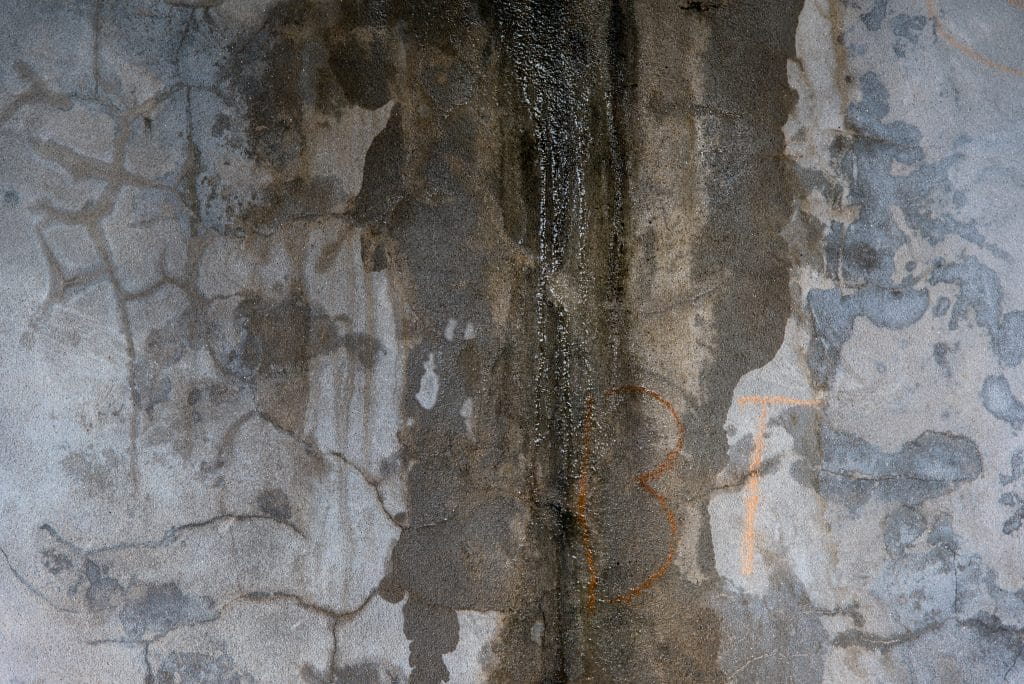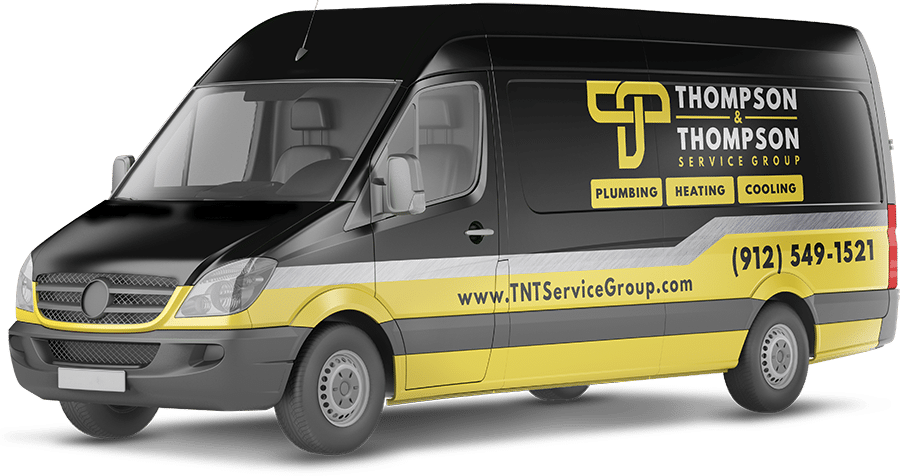If you’re like most people, you don’t even notice your homes water pressure until something goes wrong. You know your water flows out of your home plumbing fixtures easily, at a rate that is neither a fire hose blast nor a meager trickle. Can you answer the question, how does plumbing work? Are you aware of the simple designs that are at work in our modern day plumbing? Let’s see if we can give you some insight into plumbing that you might not know. Having this knowledge might just make you an even better homeowner.
How does plumbing work?
Gravity creates pressure as it acts on water, pulling it toward the center of the earth’s mass. Since it’s a liquid, water is always on the move unless it is redirected or stopped from flowing. This is exactly why many towns store their water in towers, above the level of homes and businesses. In other situations, pumps are used to create artificial pressure that substitutes for gravity. Once inside your house, the pressurized water can go up pipes and around corners to exactly the places it needs to be for us to use it.
As water enters your property from pipes under the street, it passes through a water meter that measures the gallons that enter the home. Right next to the meter is a valve handle that allows you to shut off all the water in your home in case of a broken pipe or other emergencies. Most of the time, the meter/valve box is located out at the boundary between your property and the street, but some have it just inside the house. Most homes that are hooked up to public water will also have an additional whole-house shutoff just inside the house where the water line comes in.
Many of the major fixtures in your house have their own shutoff valves located where the water lines come in- make sure you know where these are as well.
If you don’t know where your shutoff valves are, stop reading and go find it!
How does plumbing work?From the main shutoff valve, it is distributed through pipes to locations throughout the house. Cold water goes directly to sinks, bathroom fixtures, showers, etc., while water that is to be heated makes a quick stop at your water heater. There it is heated and stored at around 140 degrees F until needed at a fixture like your shower or dishwasher. Pipes then lead from the hot water heater to the specific places where it is needed.
After the water flows through a machine or fixture, where does it go?
Water is no longer under pressure as it was when it came into the home, so gravity takes over from here. All drainage lines must have a downward pitch or angle to maintain the proper flow volume all the way to the sewer lines back out under the street, or to a septic system in the yard.
Traps and stacks
There are two crucial elements in home plumbing that make effective drainage possible, and both have to do with air. While there’s almost no air present in the cold water lines coming into your home, the opposite is true of the water that drains out. If you’ve ever placed your finger over the end of a straw in your soda and lifted it, you know that the vacuum created inside the straw is strong enough to hold some of the liquid against the force of gravity acting on it. Once you remove the seal formed by your finger, air replaces the liquid as it flows back down into the glass.
How does plumbing work?
The same is true of your drainage pipes. As water moves downward, air must be allowed in so that a vacuum doesn’t form and stop everything up. To do this, home plumbing has a “Drain-Waste Vent” system. You can frequently see them in action as white PVC pipes that stick up from your home’s roof. These “vent stacks” as they are called serve a dual purpose.
First, they allow air into the drainage pipe system. It’s this air that prevents a vacuum from forming as it would if the drainage pipes had no pressure-regulating opening. Second, because we are talking about the air that hangs out in sewers, it’s obviously much better to vent the system up on the roof than through your kitchen sink or toilet. Without vent stacks, you’d have a direct link between the air in your home and the air in your public sewer. Were you to take a whiff at the top of your vent stacks, you’d see why we use them!
How does plumbing work?The second feature of drainage systems that protects us from foul sewer air wafting through our homes is the Trap. This is the “U” shaped part of the drainage pipe under most fixtures in the home. Water sits in the U all the time, forming a seal against the air in the drainage pipes. When you turn the water on and it goes down the drain, water moves through the U and out. When you turn the water off, what’s currently in the U stays there. All sinks have this design and toilets have their traps built in.
Whether your home has copper, PVC or galvanized steel pipes (hopefully not lead like they used to be!), your water system operates on these common principles.
We’ve worked for a number of years to be experts in every kind of plumbing situation possible, so you could say we’re experts! Call us with your questions and repair issues.
We hope you found this article helpful.
If you enjoyed this article, please take the time to share it on any of these Social Media networks. Thank you!






